The Old Bridge
One of the places I regularly return to take photographs, one of my long-term series, is an old bridge, but not so old that it can be described as historic. It’s not a sumptuous monument but a place of interest to me.
Let’s take it from the beginning.

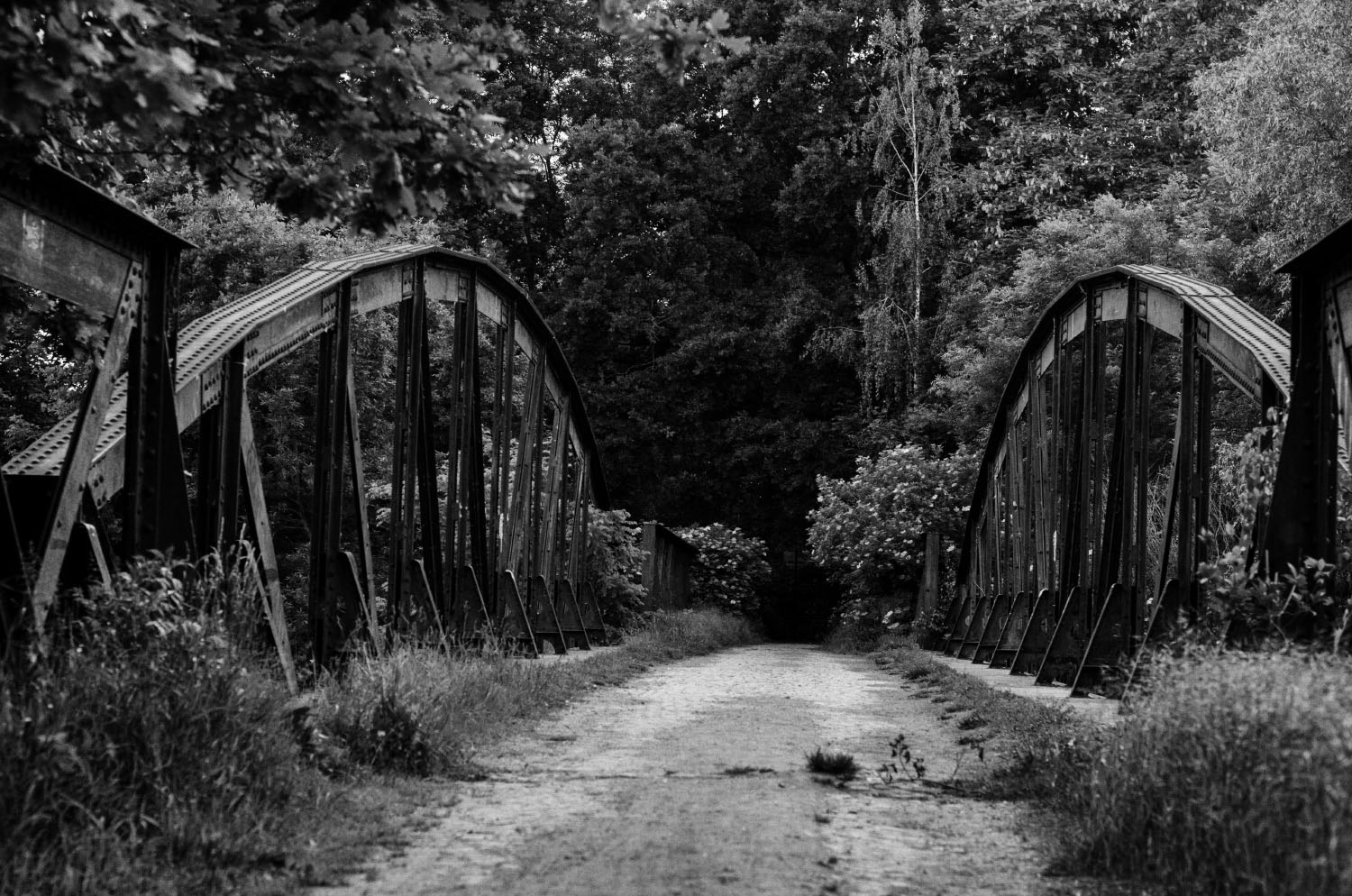

RIGHT: Nikon D7000 . Nikon 50mmF1.8 . f/4.0 . 1/80″ . ISO 250
There used to be a military area on the periphery of Pardubice, but over time the army abandoned it, and the area became an important shortcut to another part of the city.
Today it is an area where several worlds intersect – some parts have become a place for walking dogs or a trail for jogging. Other parts are a bit of a wilderness, overgrown with trees and high grass, where I occasionally make my way to various places that interest me enough to want to photograph them.

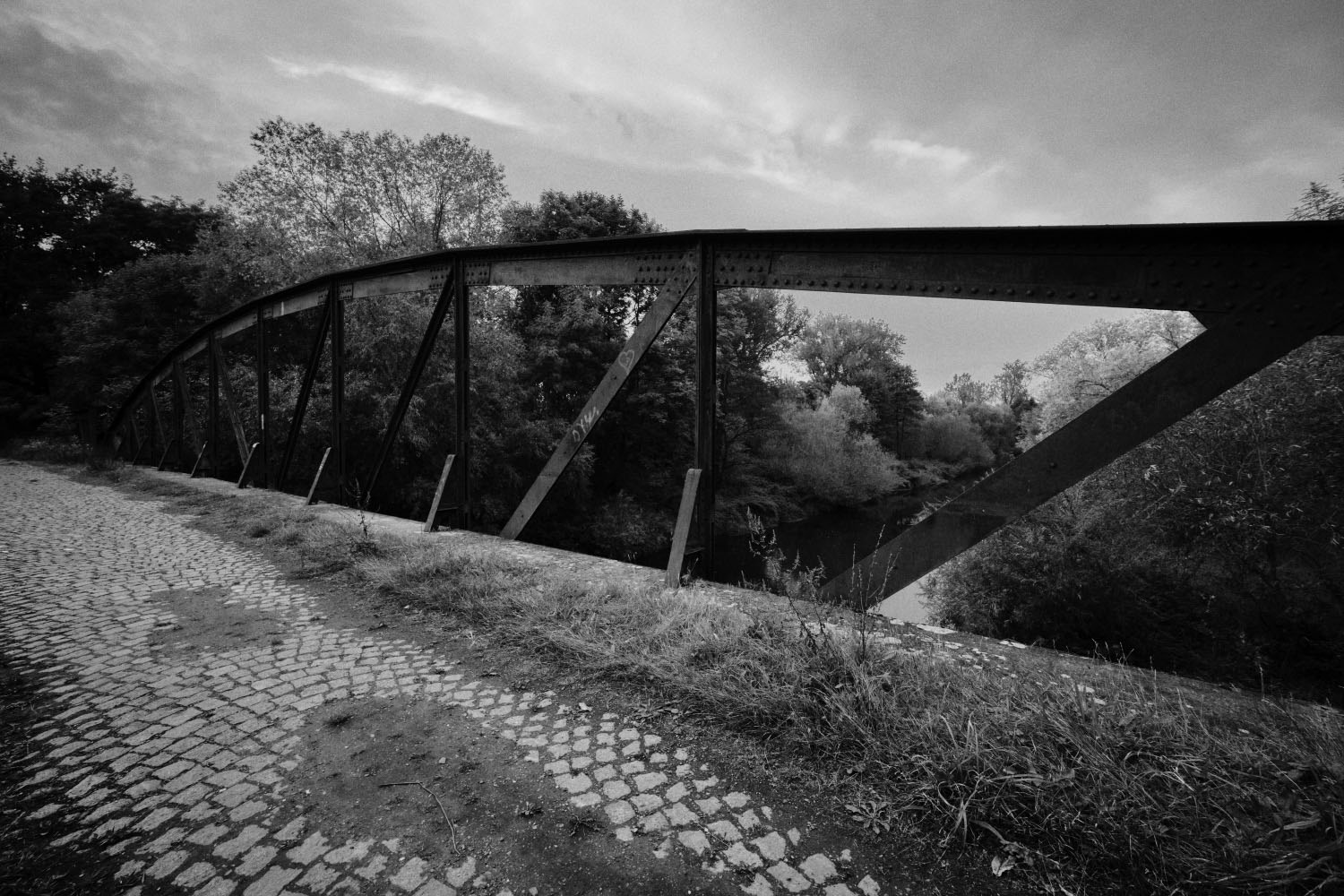

RIGHT: Fuji X-T30 . Laowa 9mmF2.8 . 1/40″ . ISO 2000
And because a river runs through the area, there are also two bridges. One of them, the so-called “Zeleňák” (something like a Green Bridge), was in such a state of disrepair that you felt like Indiana Jones when you had to jump between the rotten planks and be careful not to fall through. This bridge was eventually closed and subsequently repaired.
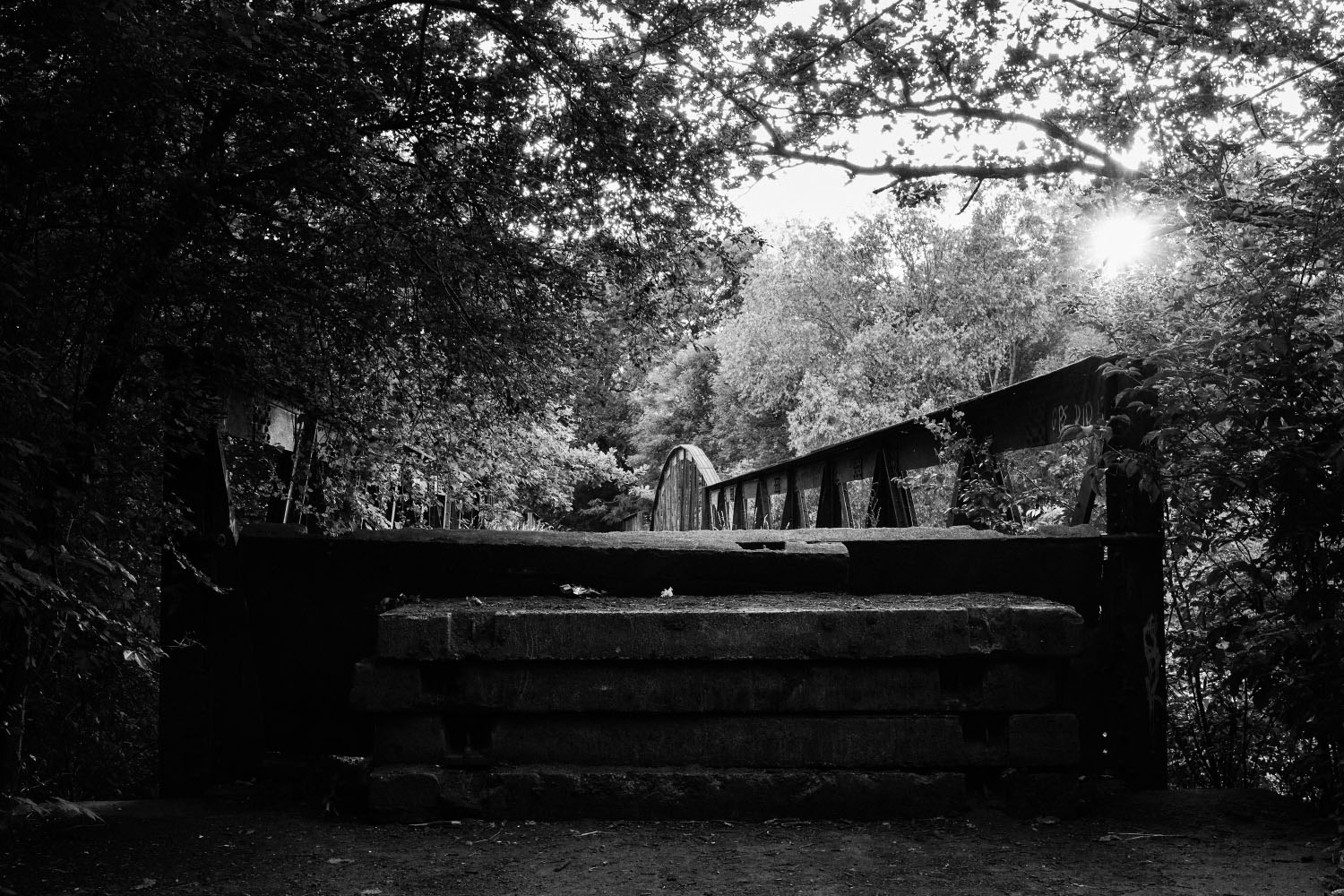
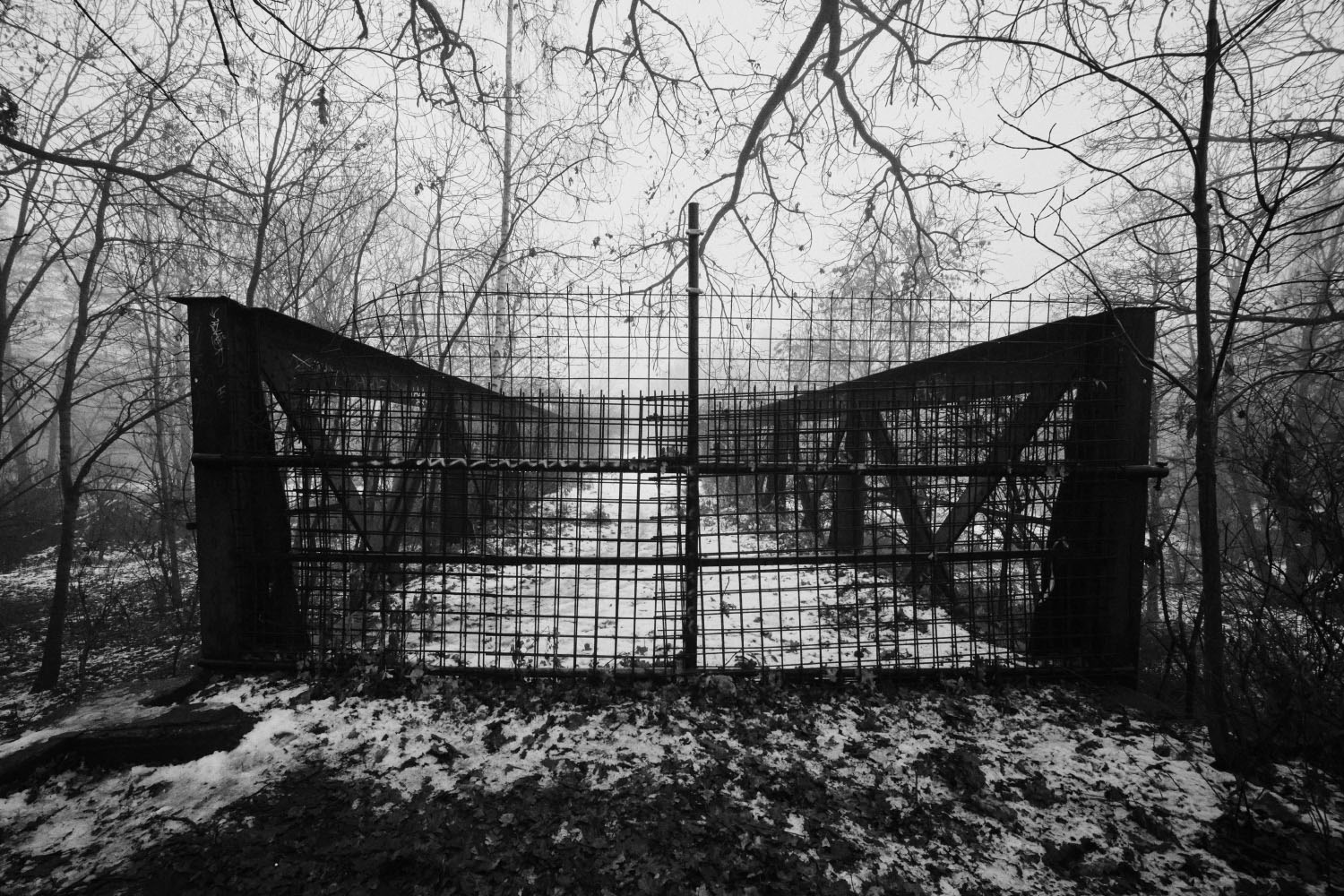
RIGHT: Fuji X-T30 . Laowa 9mmF2.8 . 1/40″ . ISO 5000

But the second bridge, called the “Červeňák” (something like a Red Bridge), became the main object of my interest.
The bridge caught my attention both with its metal construction and its patina acquired by years of corrosion, as well as the surrounding vegetation that grows wildly around it.
It’s one of those series that I’ve been photographing for a few years, but at the same time, only occasionally. Once in a while, I go there and watch how the place has changed.

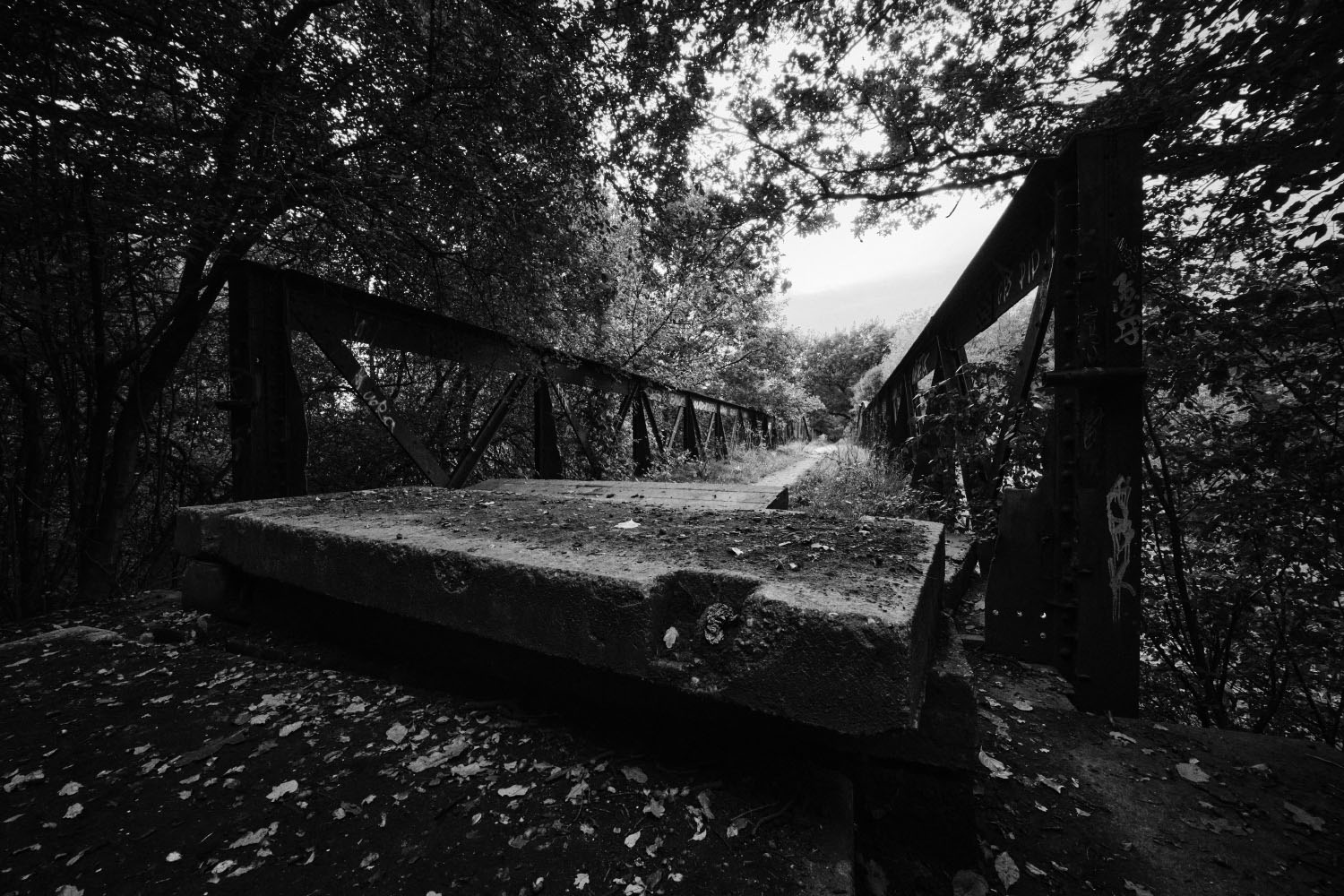
RIGHT: Fuji X-T30 . Laowa 9mmF2.8 . 1/40″ . ISO 2000
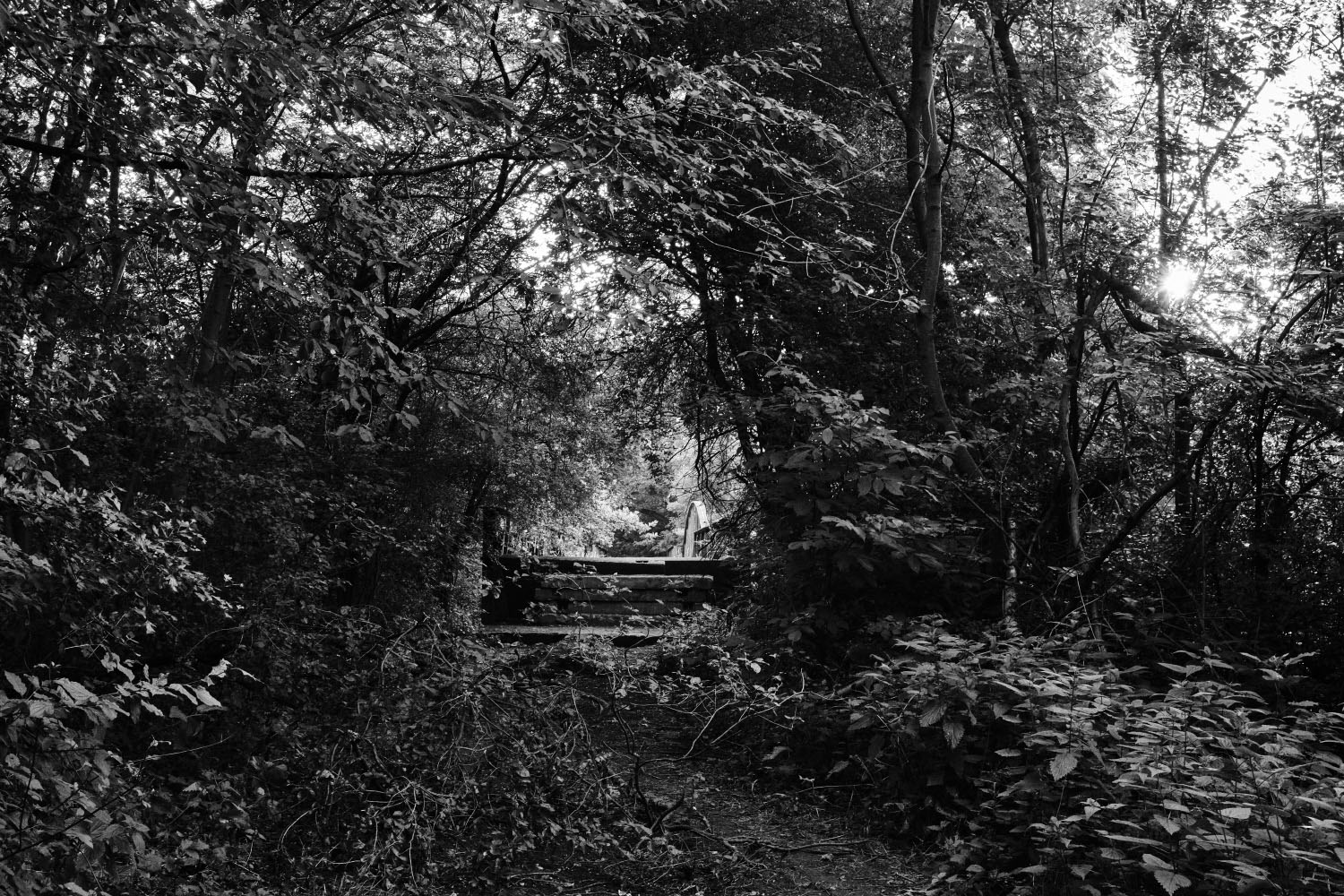
At first, the bridge was freely passable, that’s when I took my first pictures there with a 50mm lens (75mm on FF). I was there at dawn, in the late afternoon and at sunset. Gradually I got to know the place (sometimes only thanks to ordinary walks without a camera). I watched the light conditions change there.
In time I took the wide-angle lens and tried a few more shots. I figured out what shots look good in this location, what specific focal point I should use given the position I was standing on (and which focal point to avoid there for sure).

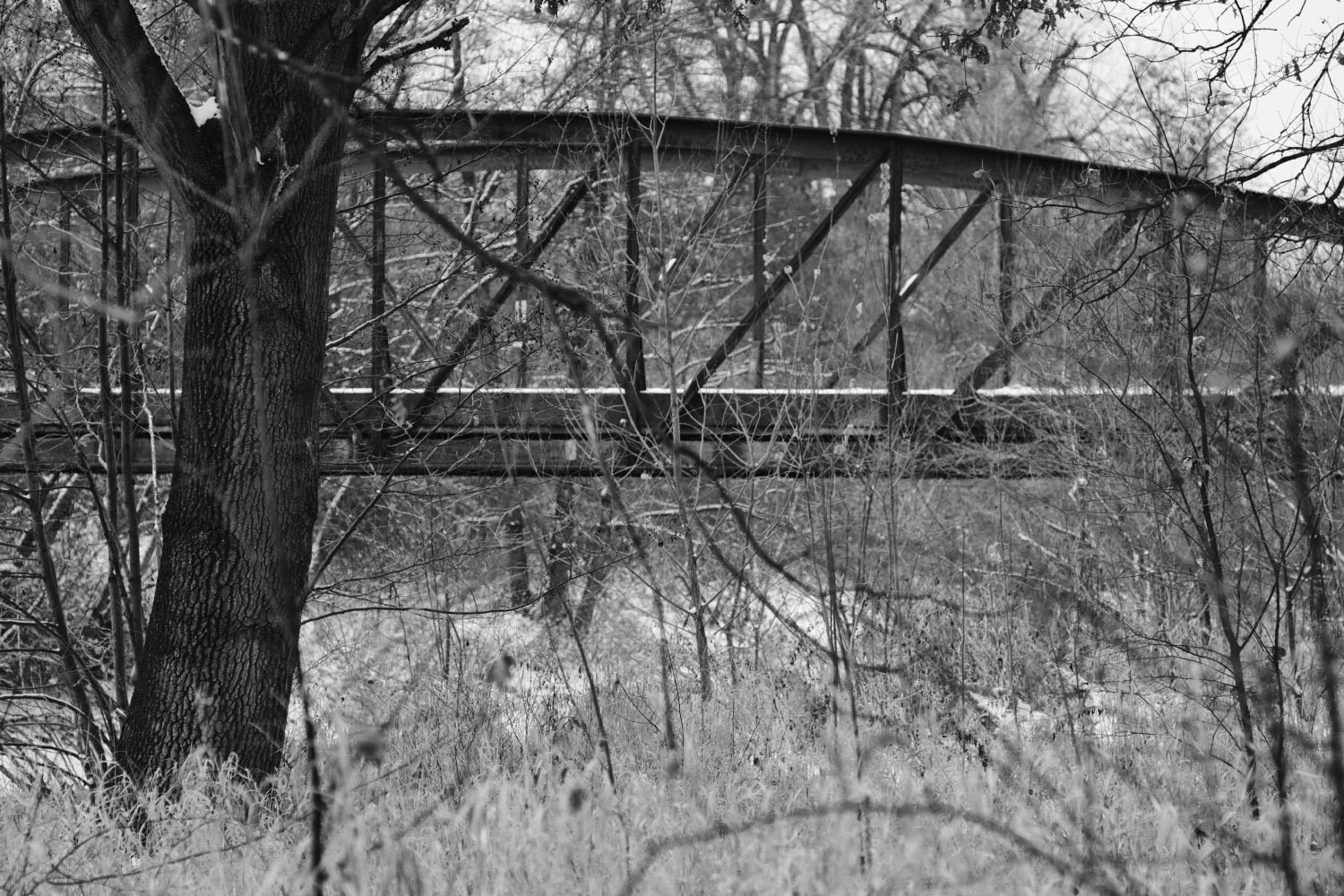

RIGHT: Fuji X-T30 . Fuji XF90mmF2 . f/8 . 1/125″ . ISO 1250
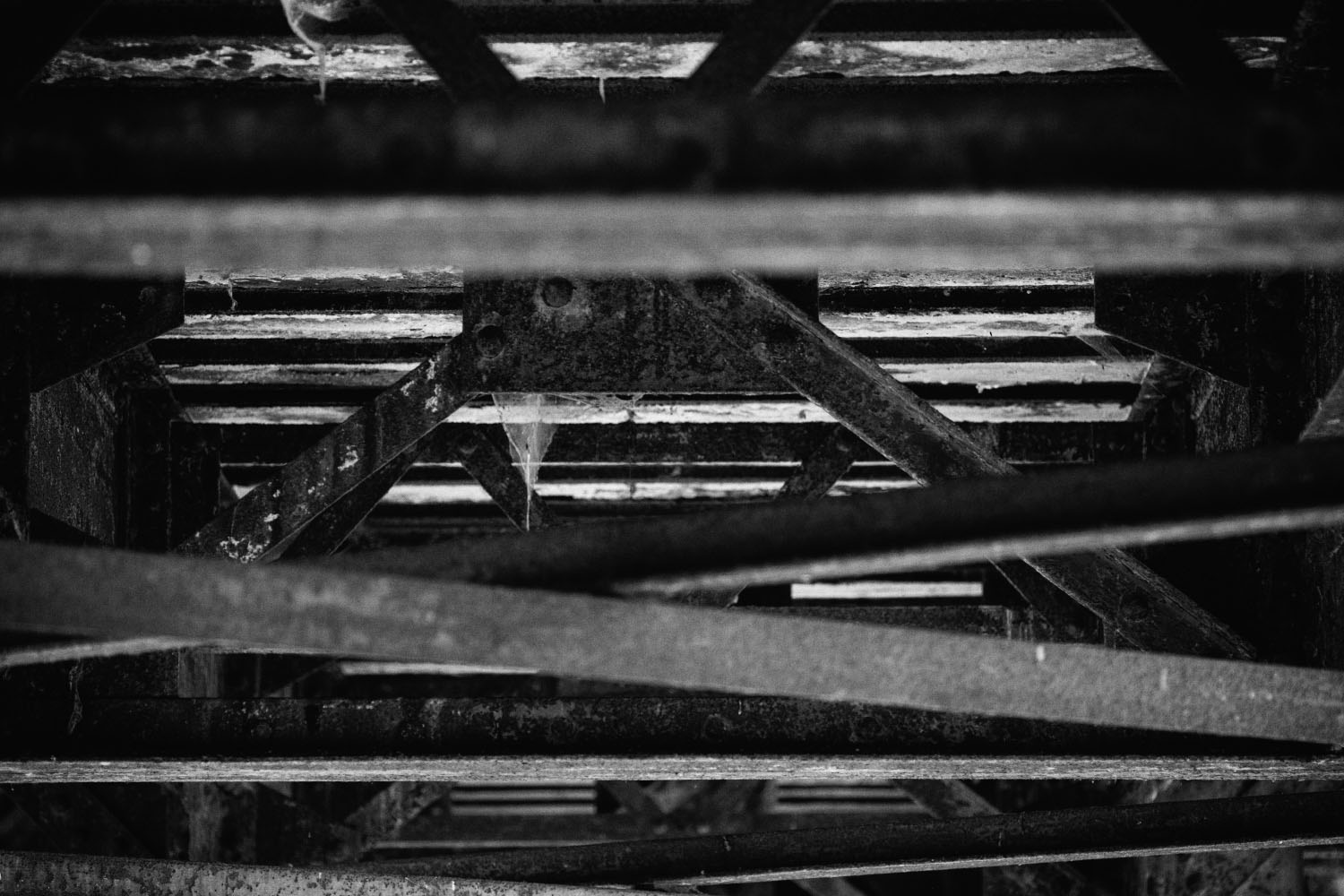
Sometimes I didn’t get a single decent shot, and even that was an invaluable experience. And as usual, each trip to the bridge and its surroundings gave me the opportunity to see more. I enjoy the search for a new view.
Over time, the city closed the bridge because it was considered unsafe. Mesh was strung across both ends. But because people were used to using the bridge – as a really considerable shortcut – it didn’t take long before a small part of the wire mesh, due to the intervention of some individuals, disappeared, and people continued to use the bridge (at their own risk).

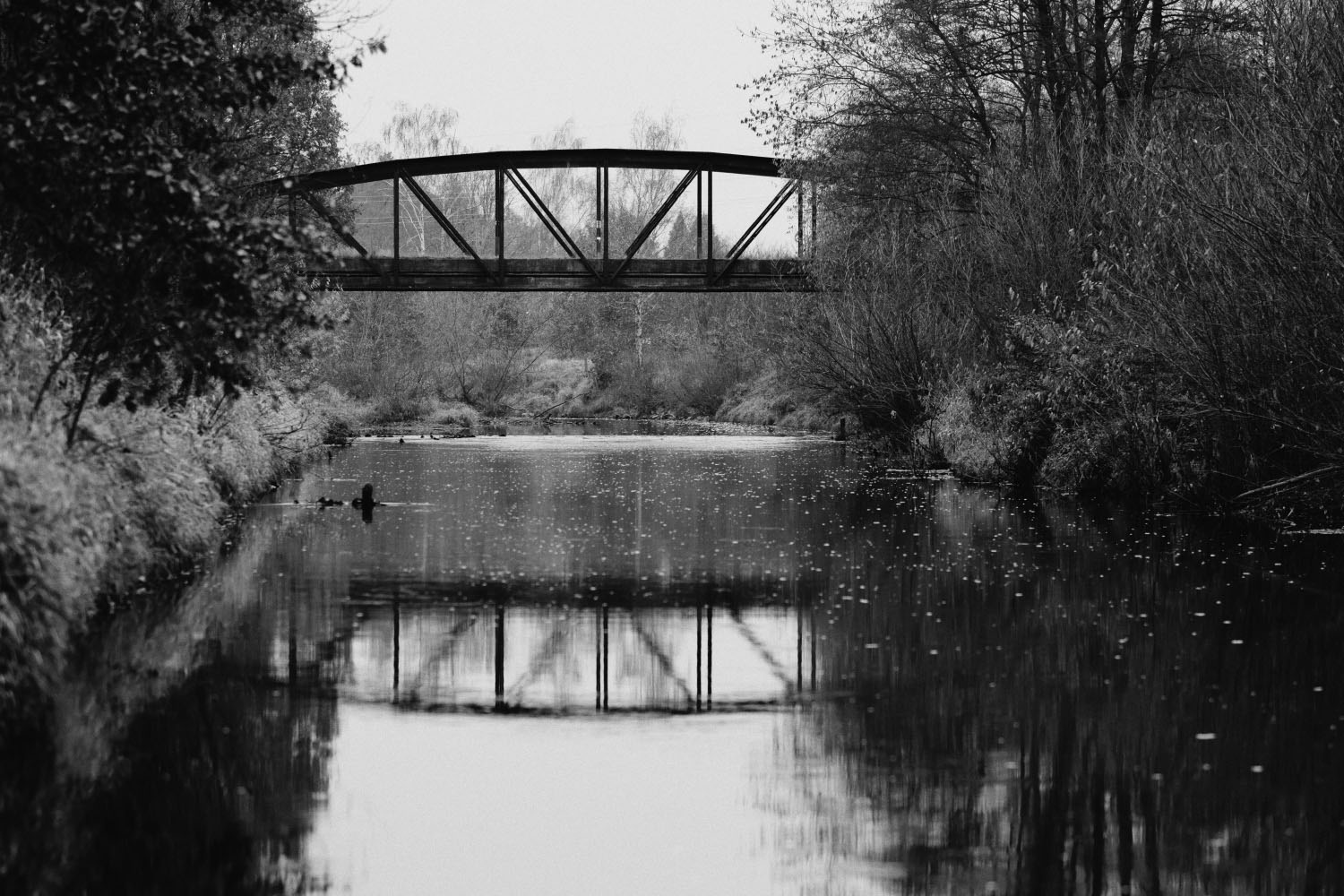

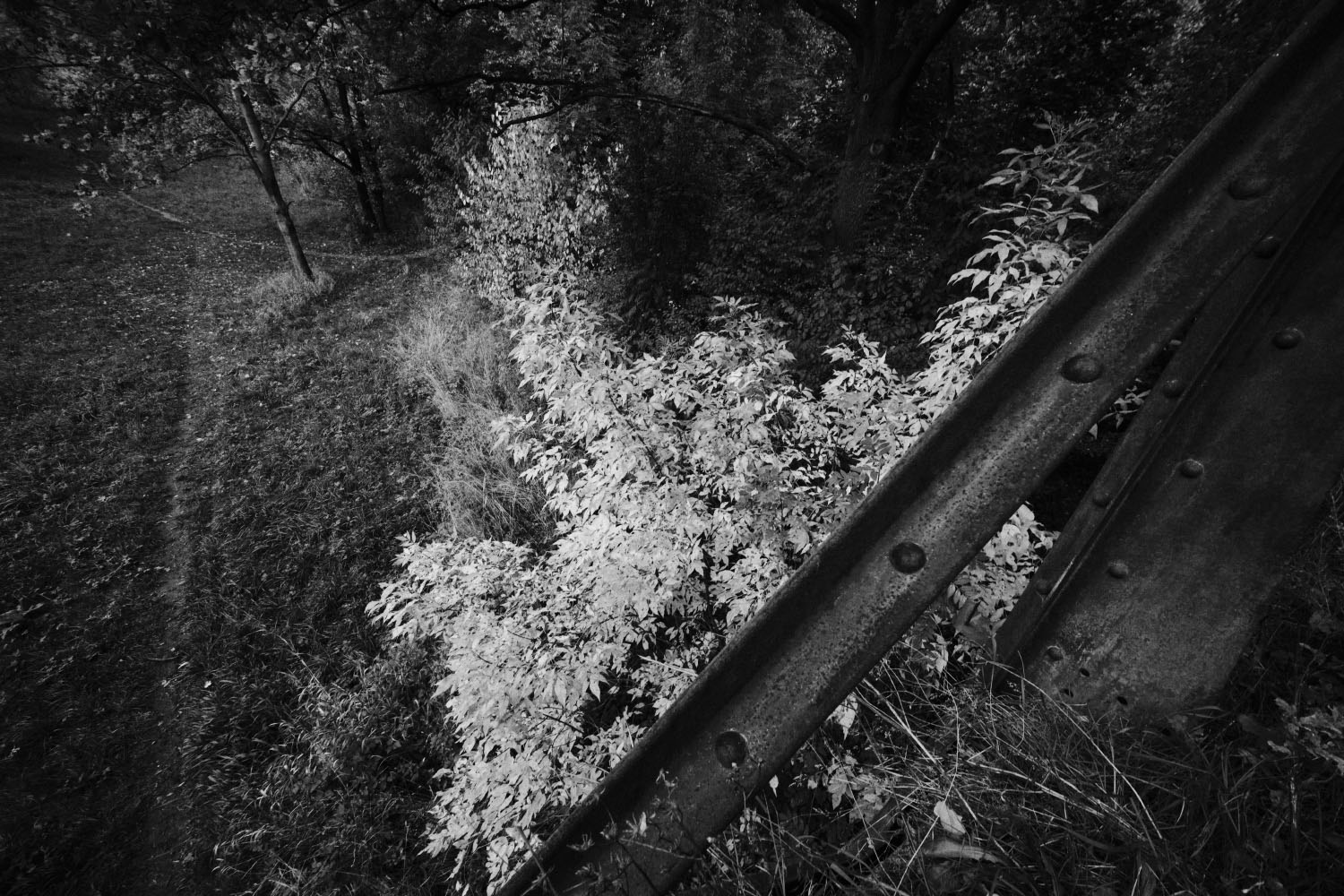
RIGHT: Fuji X-T30 . Laowa 9mmF2.8 . 1/40″ . ISO 2000
After a longer period of time, the city had the bridge barricaded in a much more substantial way, using several layers of construction mesh and welded pipes (i.e. barriers that could no longer be easily removed).
In the meantime, at least the second newly repaired bridge, “Zeleňák”, was opened to allow access to the area.
One day, however, all the barriers in the form of construction mesh and welded pipes disappeared from Červeňák bridge (probably the city had them removed), and the bridge became completely passable from one side, but from the other side, a barrier was created from panels stacked on top of each other (which was not a problem to climb over). In a short time, this wall turned into a pile of fallen panels.

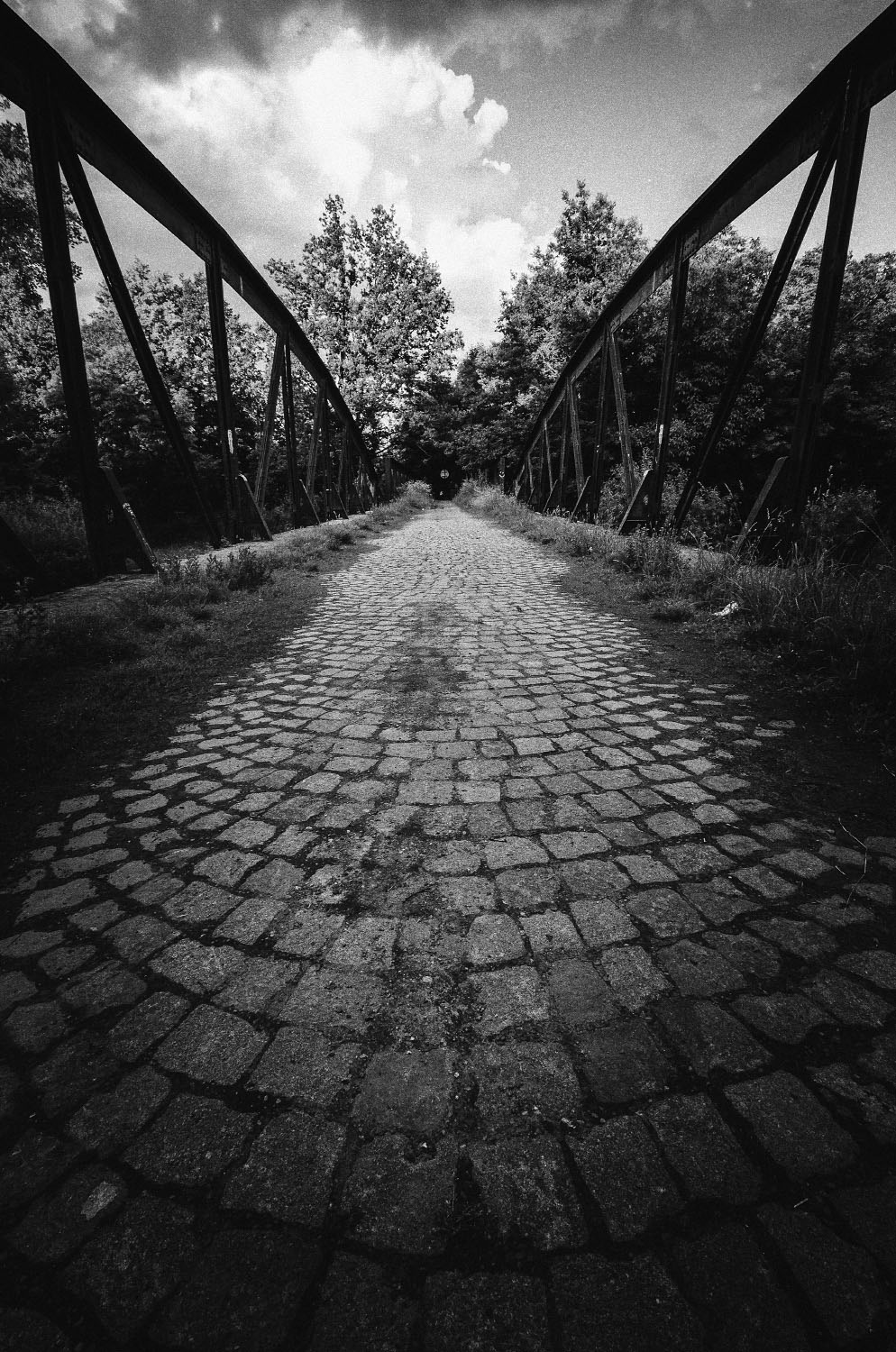
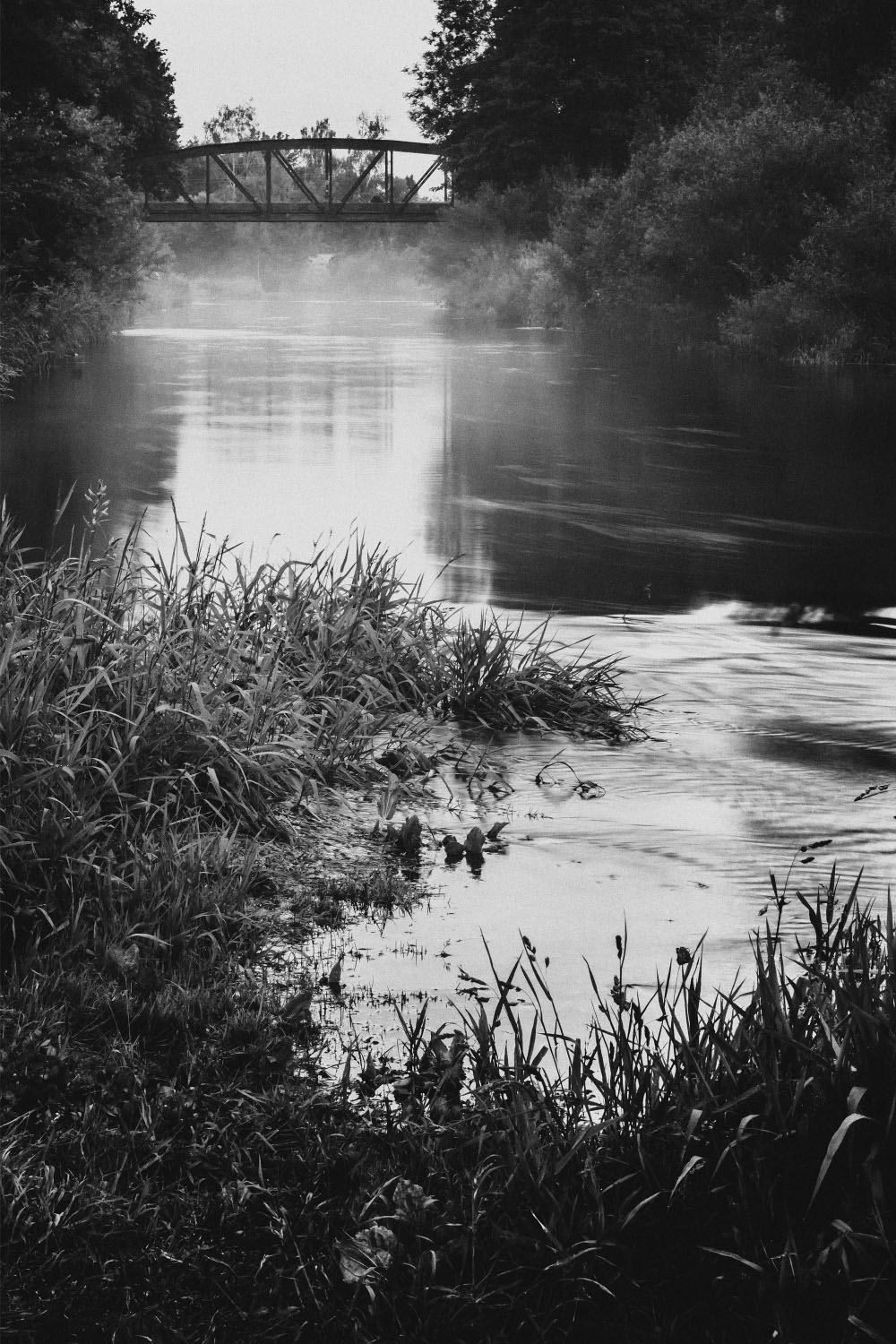
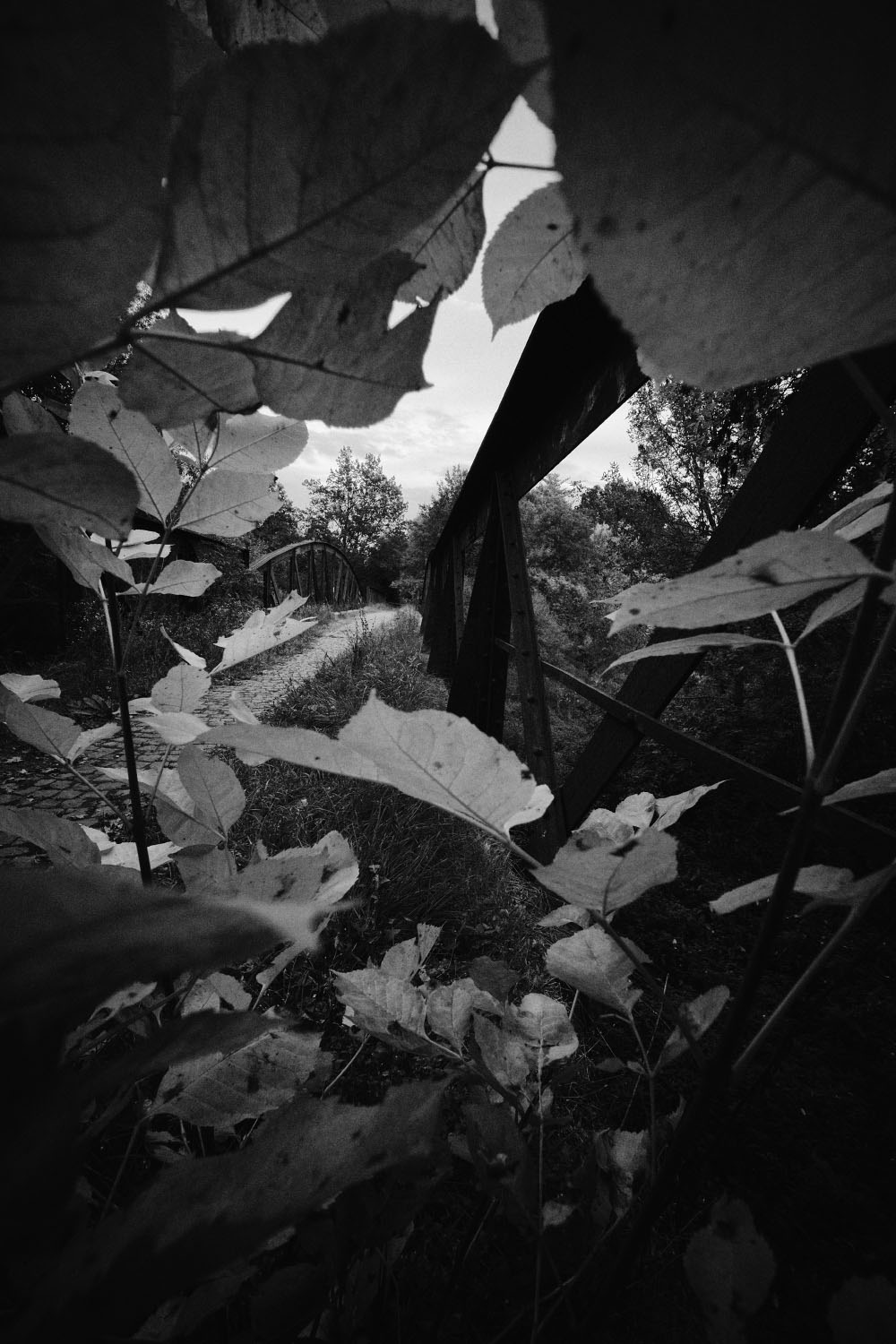
RIGHT: Fuji X-T30 . Laowa 9mmF2.8 . 1/40″ . ISO 2000
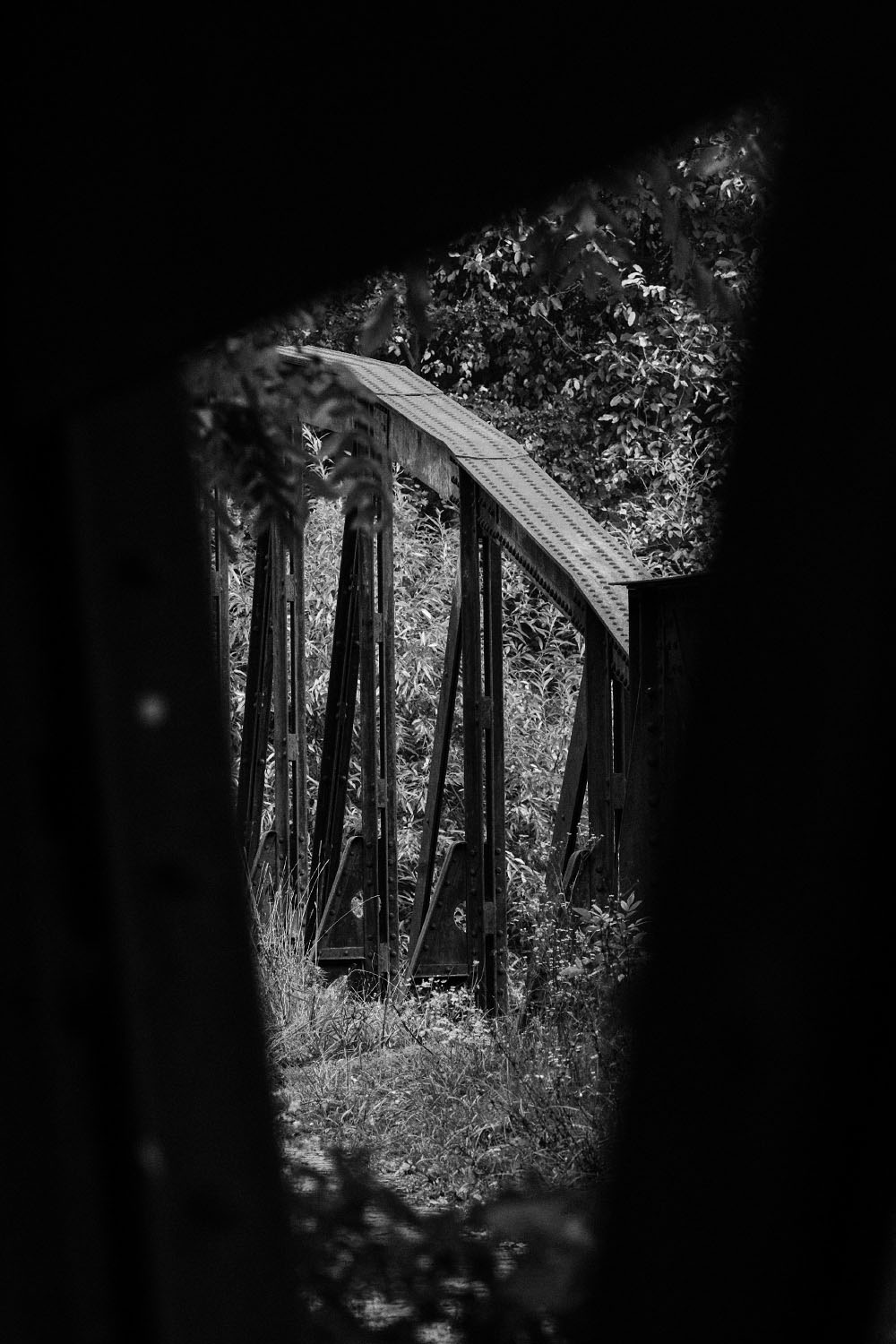
At each of these stages, I took some photos, which became a kind of imaginary chronicle of the place and its transformations.
I believe that every one of us has a place in the neighbourhood of our home that seems ordinary at first glance but, with a bit of sensitivity, can offer an interesting photo.
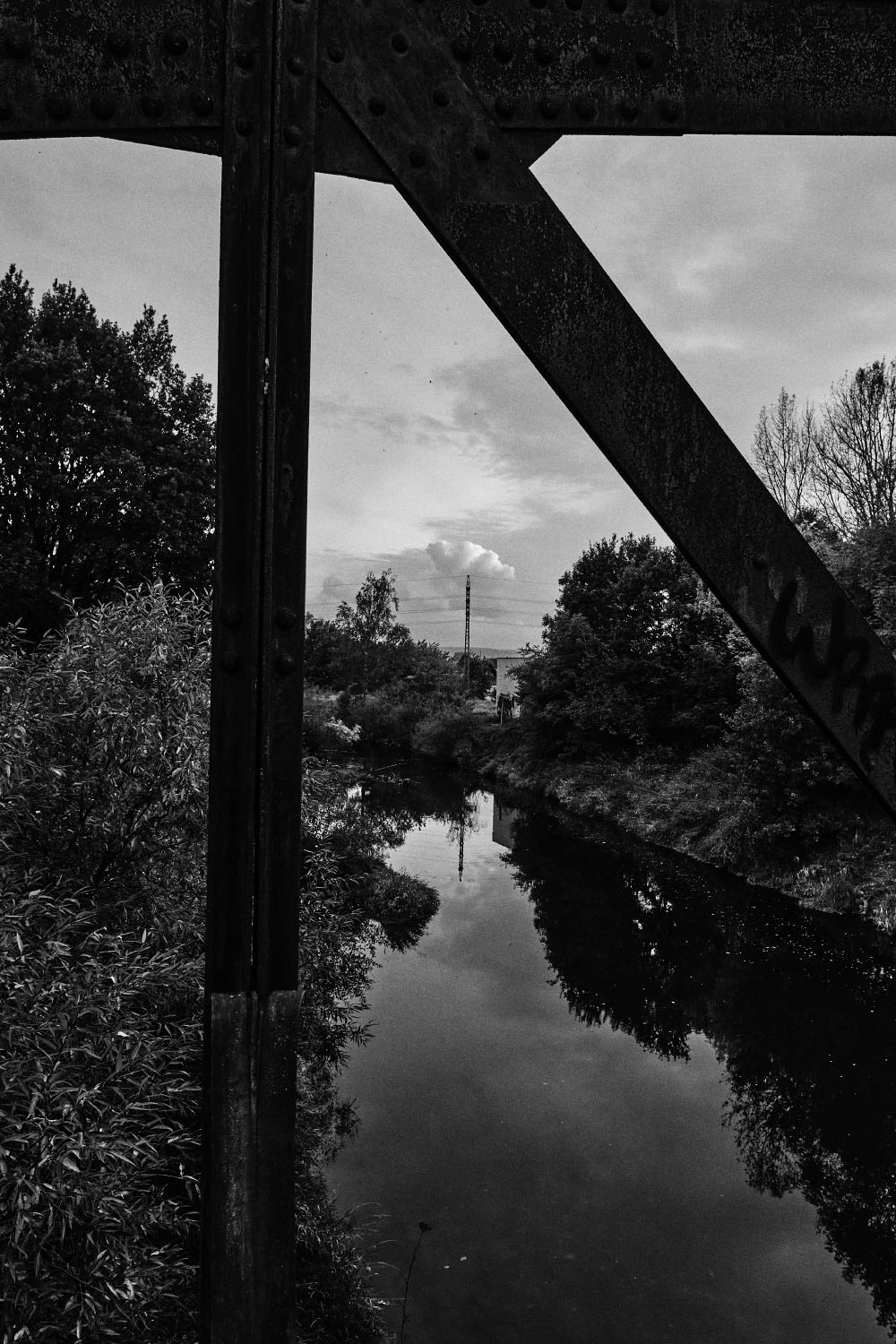
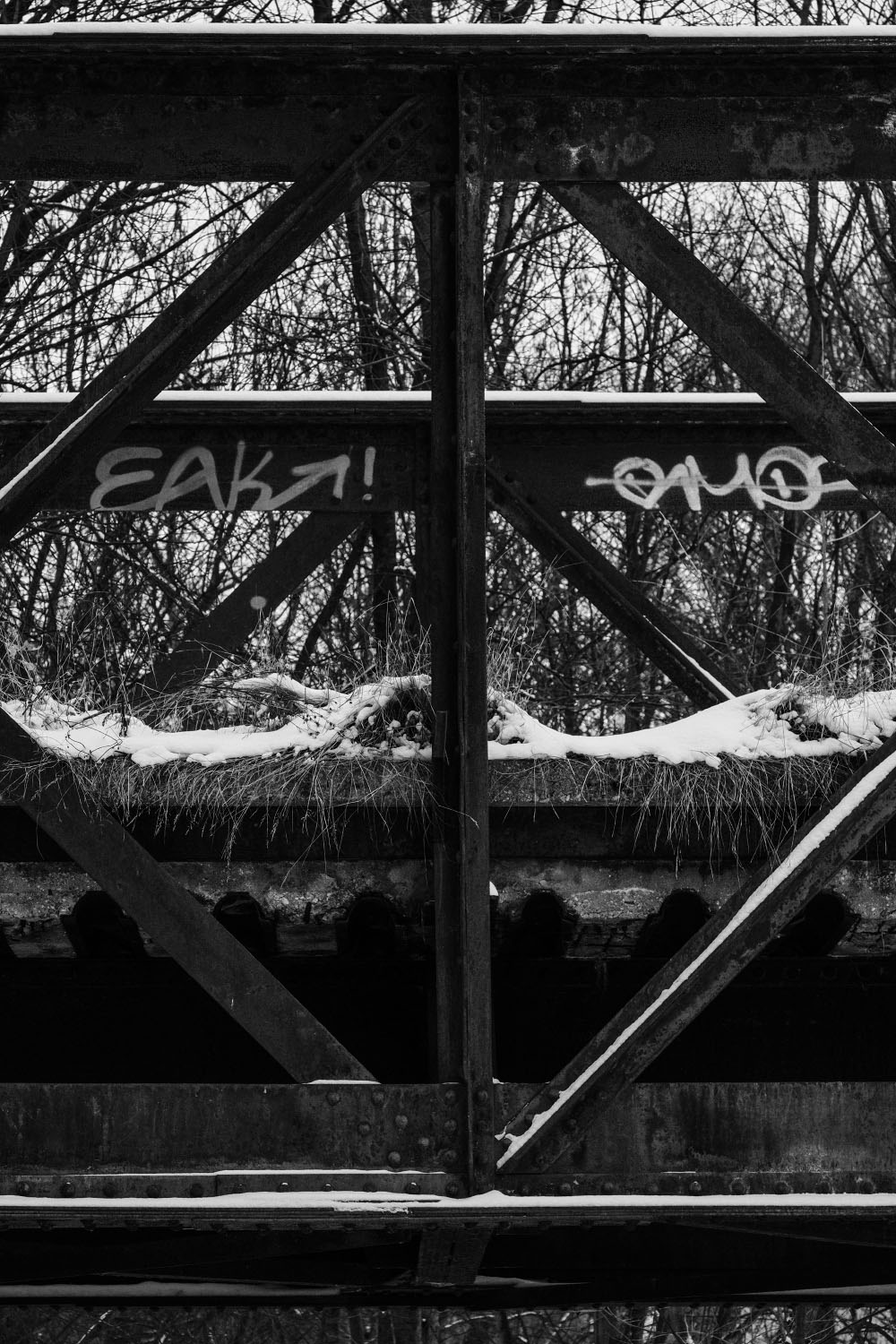
RIGHT: Fuji X-T30 . Voigtländer 90mmF2.8 . 1/160″ . ISO 800


RIGHT: Fuji X-T30 . Voigtländer 90mmF2.8 . 1/125″ . ISO 1600
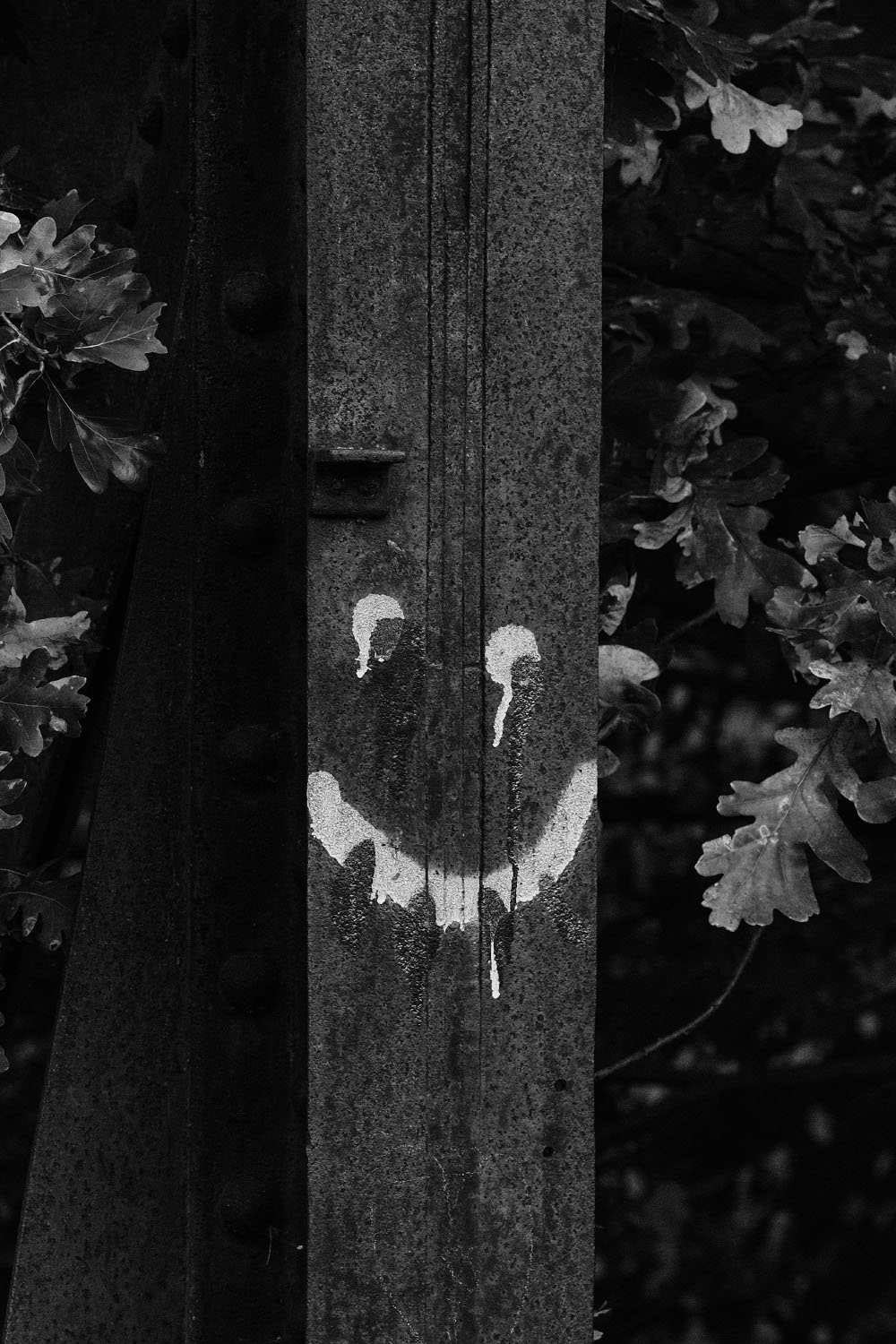
I try to look for such ordinary places. And whenever I photograph such a place, I consider it important to record it at different times of the year and day. And, of course, in different types of shots. From general views to some details.
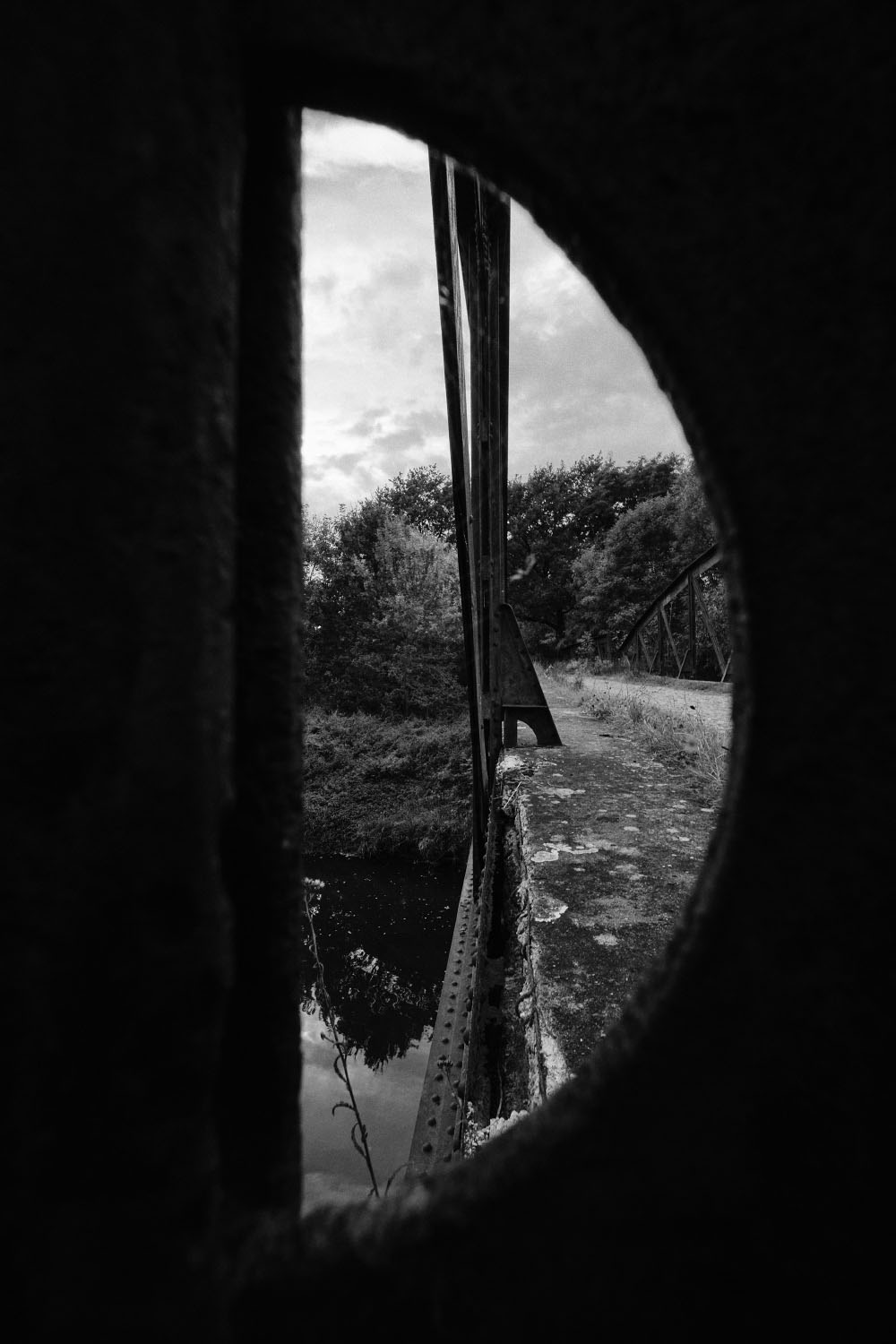

RIGHT: Fuji X-T30 . Fuji XF16mmF2.8 . f/8 . 1/60″ . ISO 320



RIGHT: Fuji X-T30 . Fuji XF16mmF2.8 . f/11 . 1/60″ . ISO 800
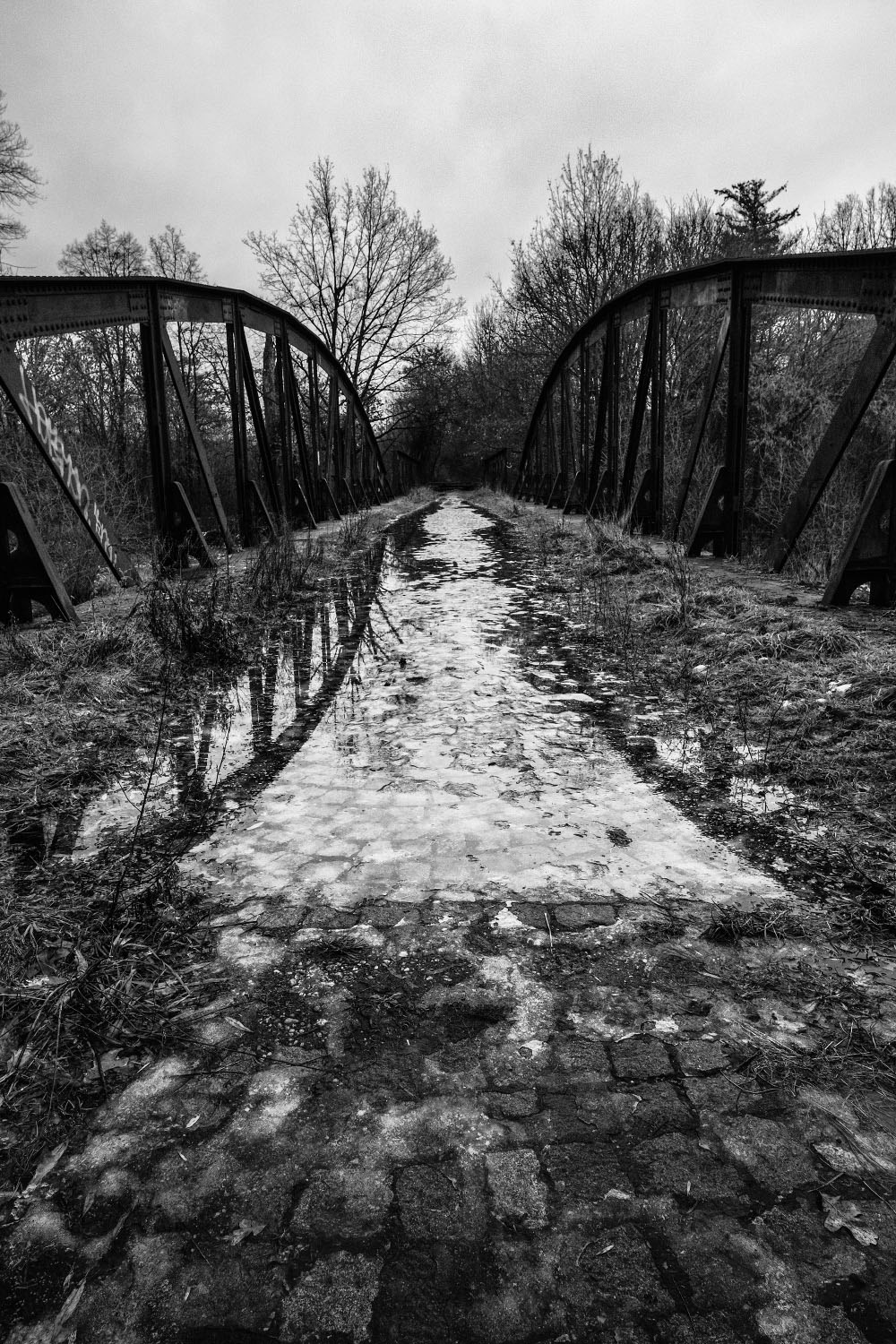

RIGHT: Fuji X-T30 . Laowa 9mmF2.8 . 1/60″ . ISO 320

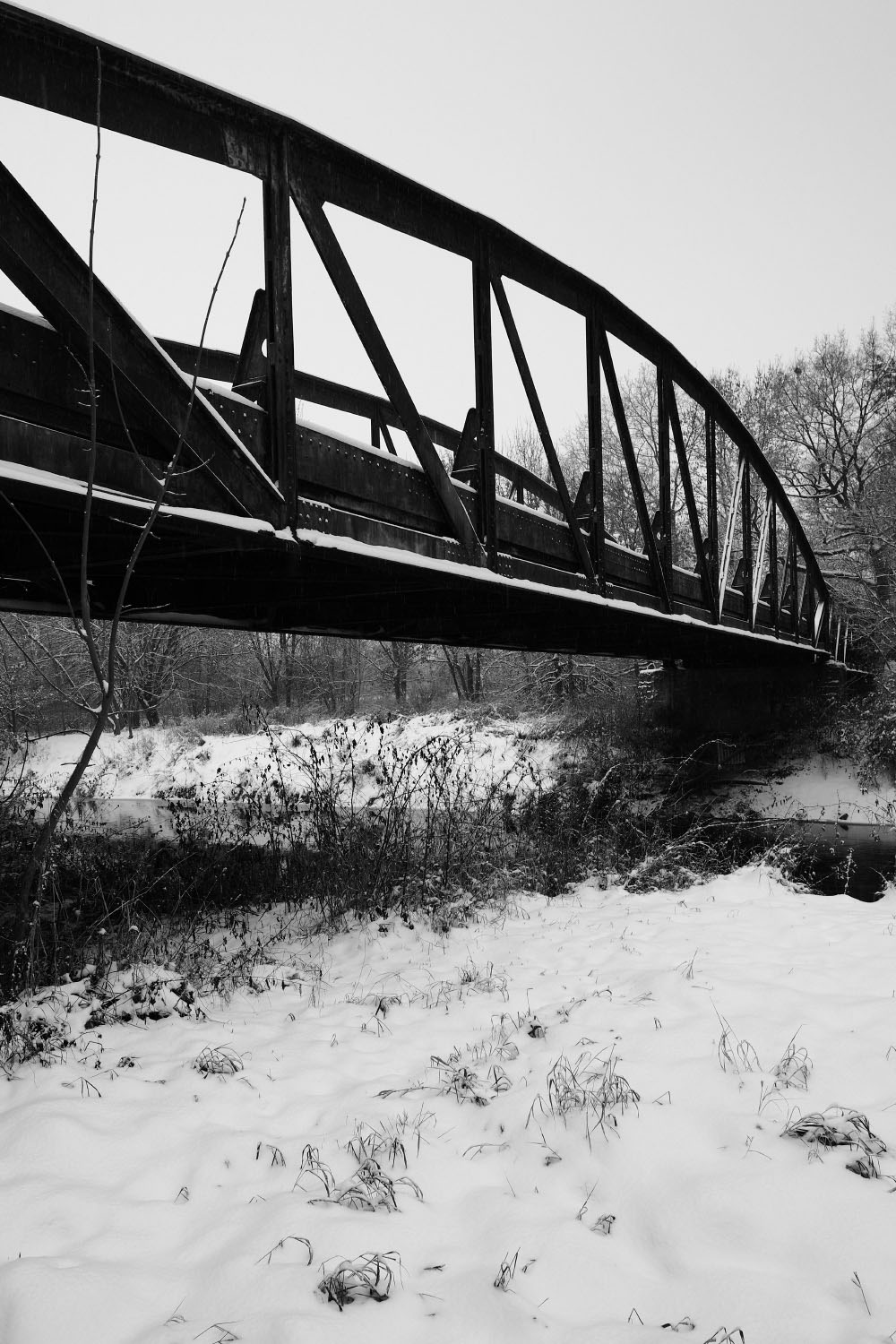
RIGHT: Fuji X-T30 . Fuji XF16mmF2.8 . f/8 . 1/60″ . ISO 200
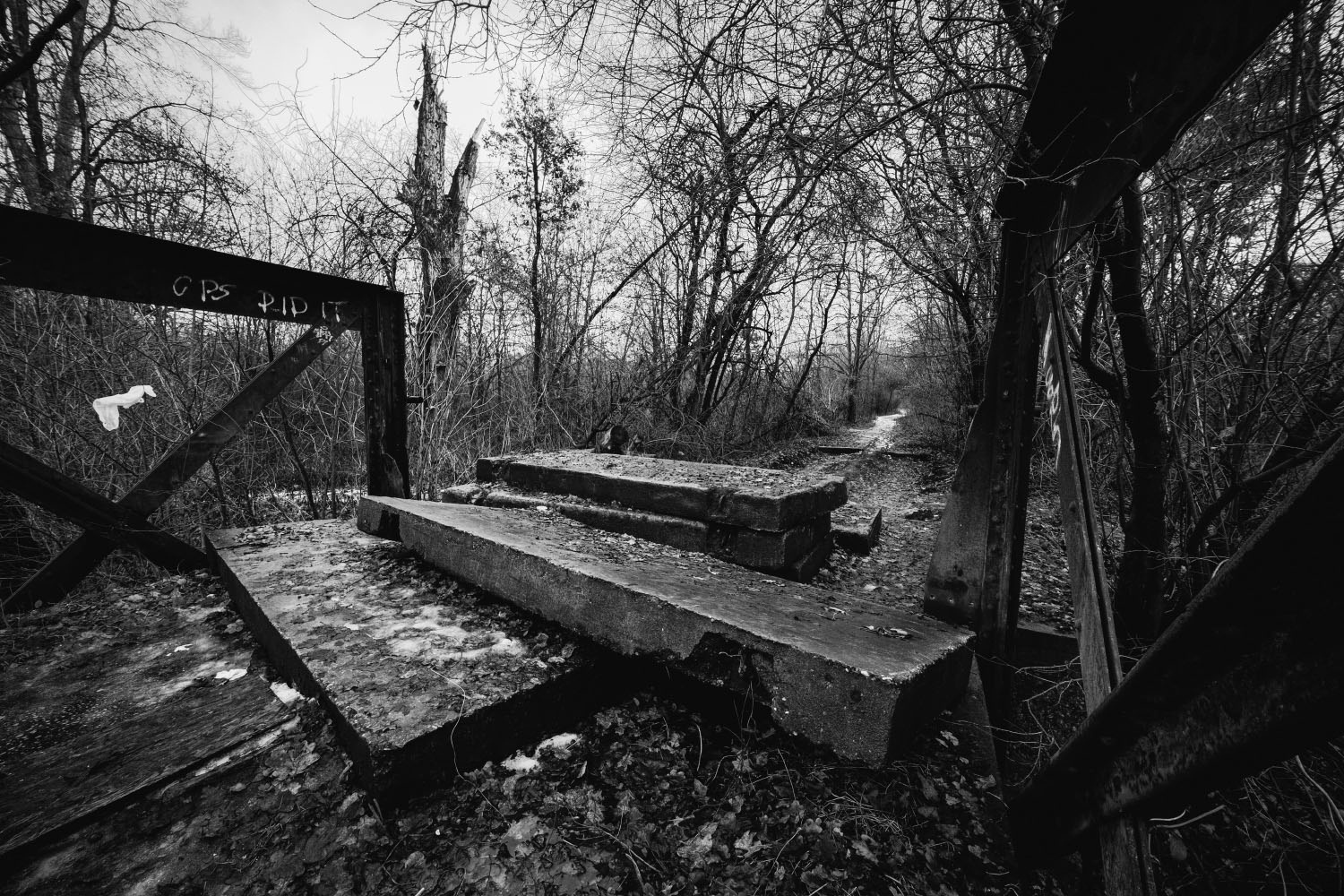
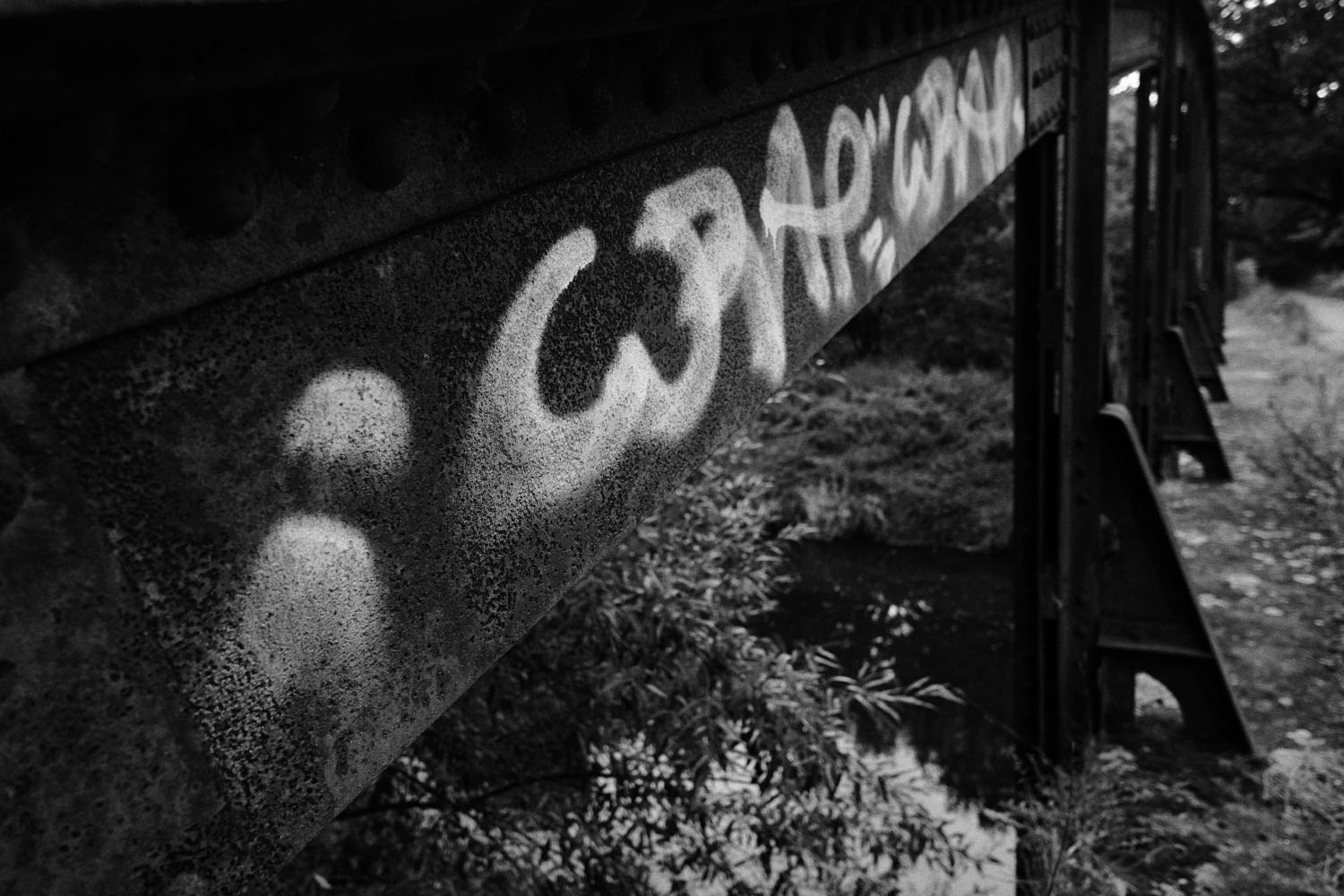

Artist, graphic designer and photographer. In his work he is mainly engaged in black and white photography and intaglio technique – mezzotint.
Most often, he photographs landscapes, urban nooks, abandoned places, and old cemeteries and has been photographing ossuaries for a long time. In 2023, he published a book about Czech ossuaries.
You can see a sample of his work on his FB personal account or at www.miroslavhlinka.cz and the ossuary project can be found at www.momentyticha.cz/en



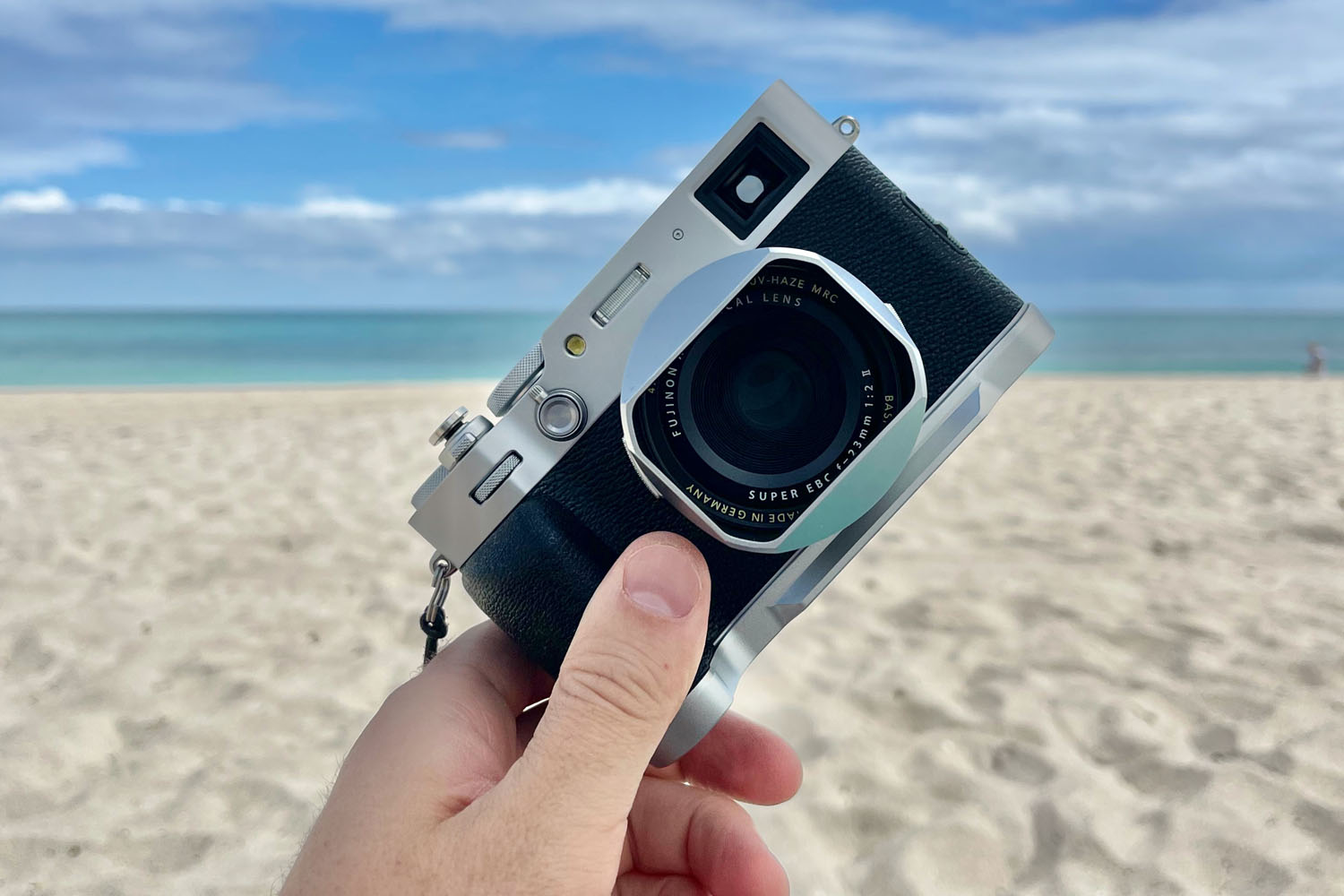

Khürt L Williams
December 29, 2022 @ 12:13 am
This is a beautiful set of images, I enjoy the black and white.
Miroslav Hlinka
December 29, 2022 @ 10:14 am
Thank you Khürt. 🙂 I like to hear you enjoy it.
ken komatsu
January 20, 2023 @ 11:04 am
Very nice. Enjoyed the images throughout the seasons.
Miroslav Hlinka
January 20, 2023 @ 11:16 am
Thank you. I’m glad you like it.
I very often work this way and so I have several series that are a record of the place during different seasons 🙂